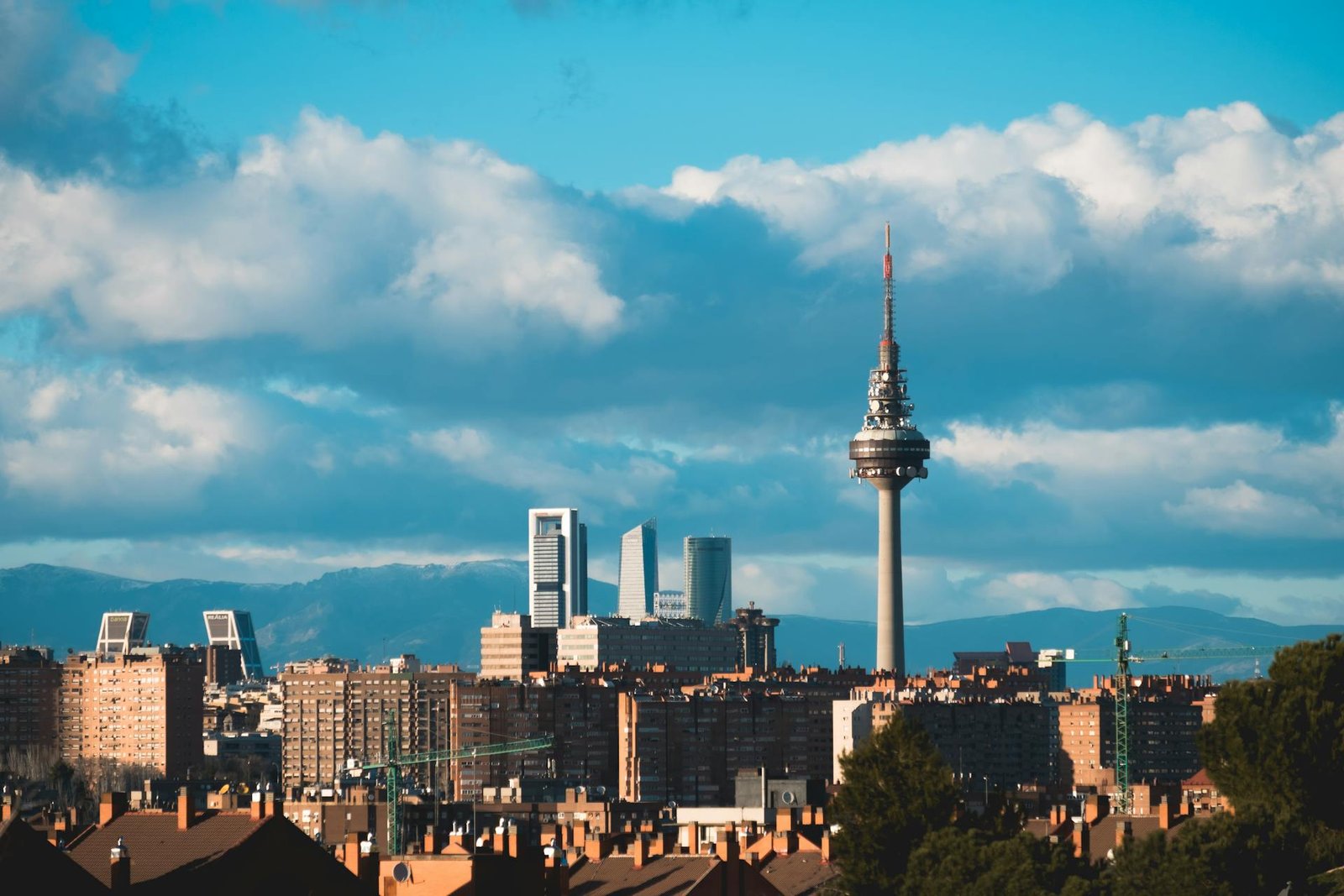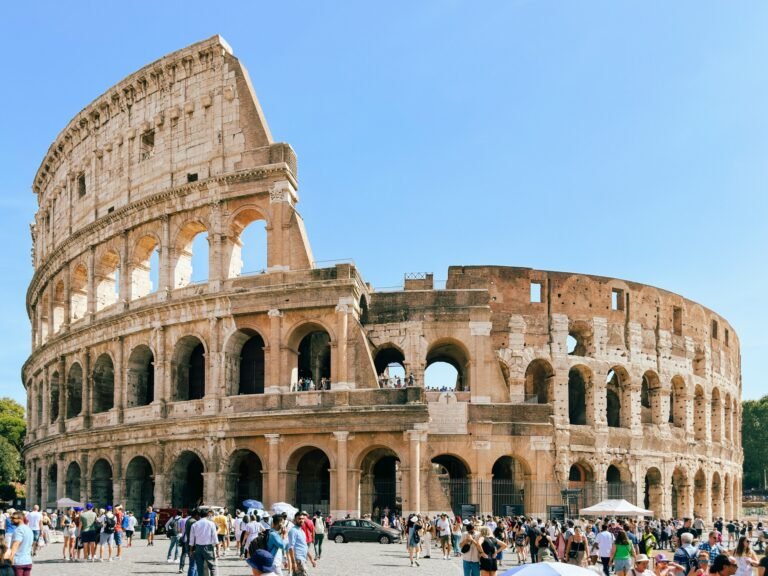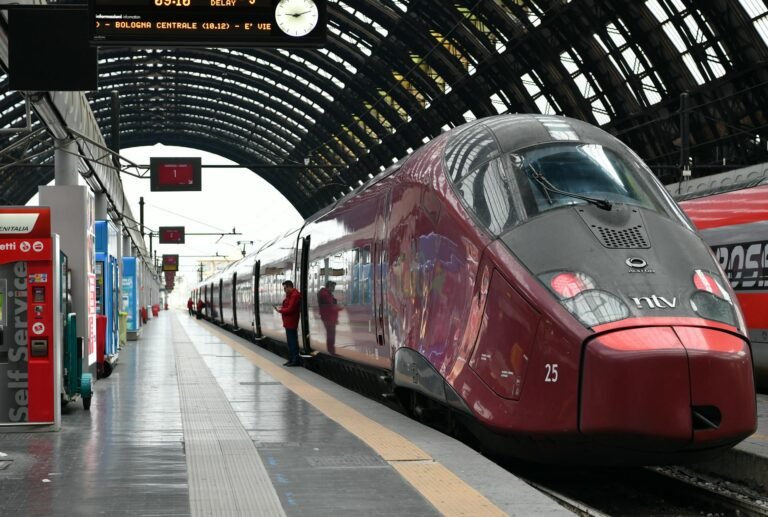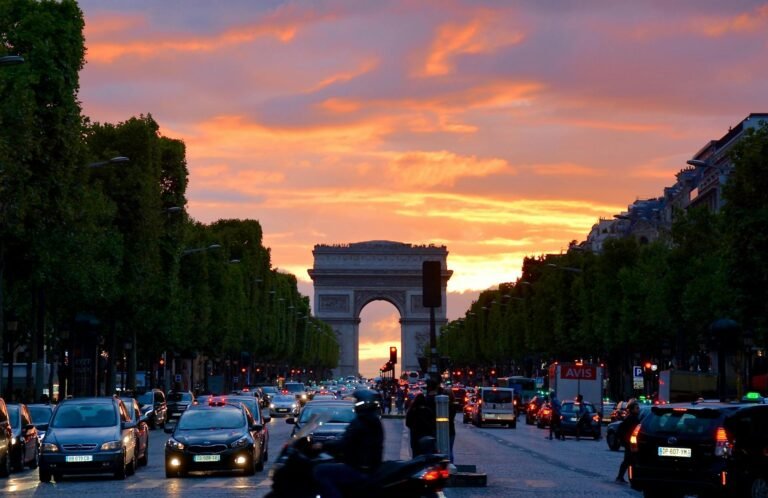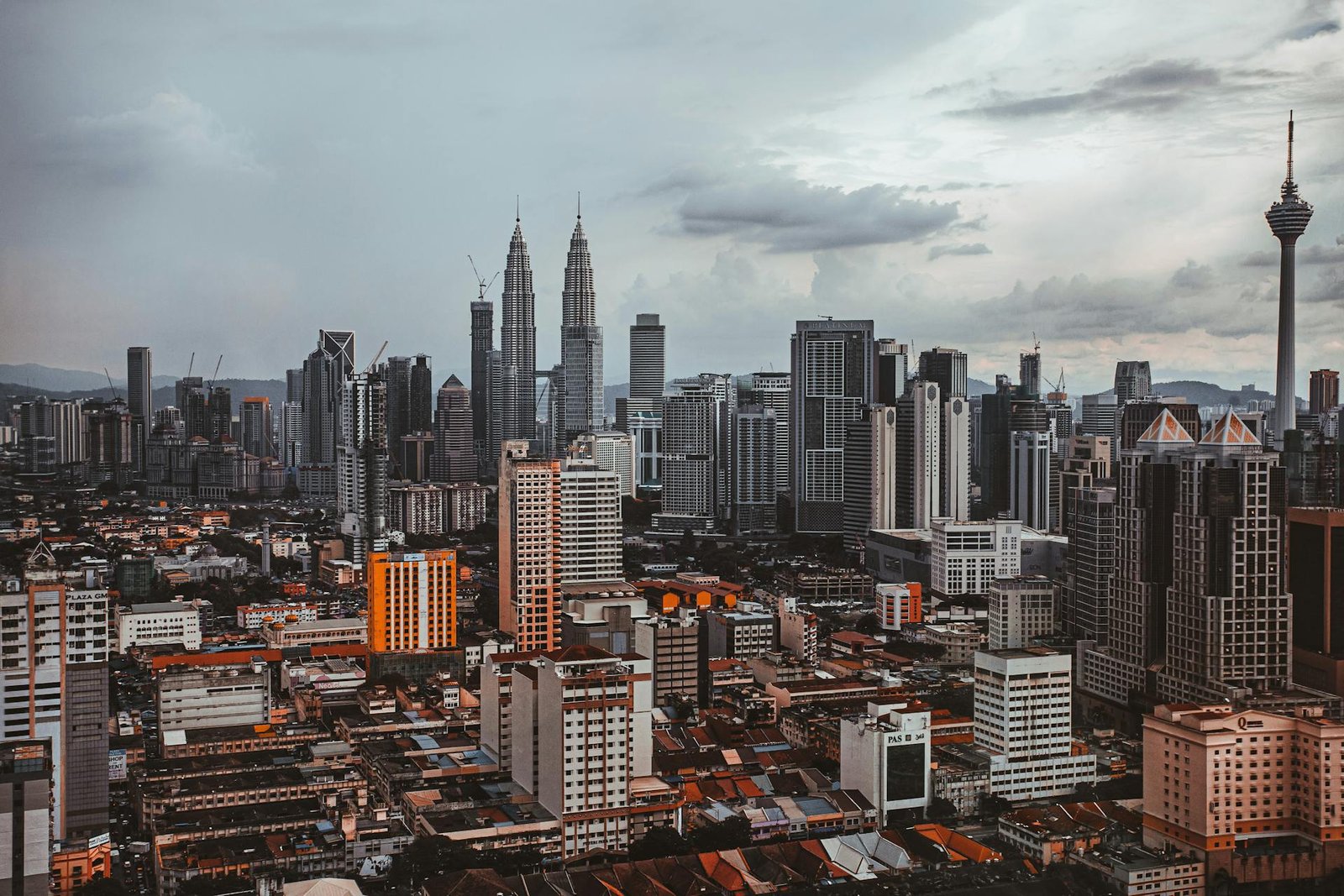
Spain holidays are the antidote to those bland, forgettable vacations—the ones where you blink and wonder if you actually went anywhere. You know the type: sun, sand, and a buffet line of the same old tourist clichés. But Spain? It refuses to be basic. It’s a cocktail of sensory overload—flamenco’s fiery rhythms, markets bursting with color and aroma, and streets so alive you almost trip over buzzing conversations and laughter.
Maybe it’s the juxtaposition. One moment, you’re tangled in the slow, hypnotic siesta rhythm, and the next, you’re swept into a festival of chaos, passion, and rhythm that feels oddly timeless and yet electrifyingly fresh. Spain refuses to let you clock out or check your watch too often. It’s a place that whispers, “Stay a little longer,” even when you think you’ve seen enough.
And yes, it’s absolutely loaded with history and art, but it’s not some dusty museum experience. It’s raw, it’s vibrant, and it sticks with you—not just a photo or two on your phone. Take the chance, and Spain might just shake off your vacation ennui. Or at least, it’ll give you something to brag about way past your return flight.
The Spain You Think You Know vs. The Spain That’ll Blow Your Mind
When most people think of Spain, they picture flamenco dancers, bullfights, and that guy from college who came back from his semester abroad speaking with a lisp and calling everything “muy auténtico.” That’s… not entirely wrong, but it’s like describing New York as just hot dogs and yellow cabs.
Spain is massive—like, genuinely huge. We’re talking about a country where you can ski in the morning and surf in the afternoon, where medieval castles sit next to avant-garde museums, and where the food changes so dramatically from region to region that you’ll think you’ve crossed international borders.
I learned this the hard way during my first trip. I’d planned this very Instagram-worthy itinerary: Madrid, Barcelona, maybe a quick jaunt to Seville. Classic rookie move. What I hadn’t counted on was falling completely head-over-heels for places I’d never even heard of—like stumbling into a hidden tapas bar in Salamanca where the owner insisted on teaching me to make tortilla española at midnight, or discovering that the Basque Country exists in some parallel universe where everything tastes better and the architecture defies physics.
The Food Situation (Or: How I Learned to Stop Worrying and Love Carbs)
Let’s address the elephant in the room—Spanish food is having a moment. And by moment, I mean it’s been having this moment for about 500 years, but the rest of us are just catching up.
Here’s what they don’t tell you about eating in Spain: forget everything you think you know about meal times. Dinner at 6 PM? That’s basically afternoon tea. Real dinner happens around 10 PM, sometimes later. I spent my first night in Madrid wandering around at 7 PM, stomach growling, only to find restaurants either closed or serving me weird looks.
But once you sync up with Spanish time, the food becomes a revelation. Tapas aren’t just small plates—they’re a philosophy. The idea that good food should be social, shareable, and accompanied by conversation that stretches into the early hours. I’ve had some of my best travel memories standing at a bar counter, elbow to elbow with locals, arguing about football while sharing plates of patatas bravas.
Pro tip: Don’t just hit the tourist spots. Follow the locals to those tiny bars where the floor is covered in napkins and olive pits. That’s where the magic happens.
Beyond Barcelona: Spain’s Hidden Gems That’ll Make You Feel Like an Explorer
Everyone goes to Barcelona. And sure, Gaudí was a genius, the Gothic Quarter is stunning, and Park Güell is worth the crowds. But Spain’s real treasures are often hiding in plain sight.
Take Ronda, for instance. This cliff-top town in Andalusia looks like it was carved directly out of someone’s fever dream. The bridge spanning the gorge is vertigo-inducing in the best possible way, and the views make you understand why Hemingway was so obsessed with this place. I spent three days there and barely scratched the surface.
Or consider Salamanca, a university city that most people skip on their way to somewhere else. Big mistake. The Plaza Mayor at sunset is pure gold—literally. The sandstone buildings seem to glow from within, and the whole city has this youthful energy that’s infectious.
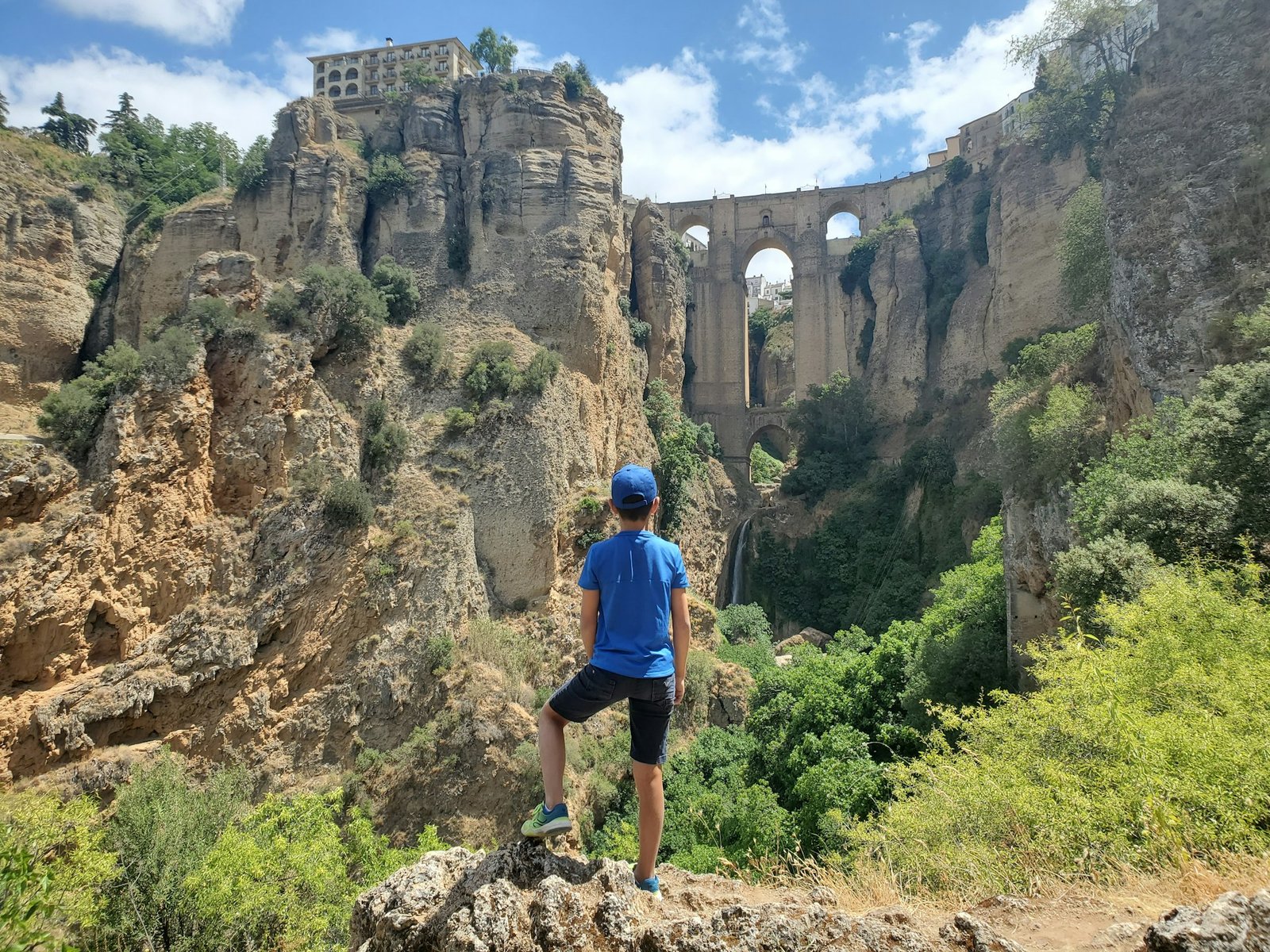
Then there’s the Camino de Santiago, which isn’t really hidden but feels like a secret when you’re walking it. I did a portion of the Camino Francés a few years back, and it changed something fundamental about how I think about travel. There’s something about walking the same paths that pilgrims have walked for over a thousand years that puts things in perspective.
The Art Scene: More Than Just Picasso
Spain’s art scene is frankly ridiculous. In Madrid alone, you’ve got the Prado, the Reina Sofía, and the Thyssen-Bornemisza—what locals call the “Golden Triangle of Art.” It’s like having the Met, MoMA, and the Guggenheim all within walking distance of each other.
But here’s where it gets interesting: Spanish art isn’t just about the masters hanging on museum walls. It’s alive, breathing, and happening right now. The street art in cities like Valencia and Málaga rivals anything you’ll find in Berlin or Brooklyn. And don’t get me started on the Guggenheim in Bilbao—Frank Gehry’s titanium masterpiece single-handedly transformed an industrial city into a cultural destination.
I remember standing in front of Guernica at the Reina Sofía, probably the most famous painting in Spain, and being struck not just by its power but by the conversations happening around me. Families explaining history to their kids, art students sketching details, tourists from every corner of the globe all brought together by Picasso’s response to war. That’s the thing about Spanish art—it doesn’t just sit there looking pretty. It engages, it provokes, it starts conversations.
The People: Warm, Welcoming, and Wonderfully Opinionated
Perhaps the most compelling reason to visit Spain isn’t the architecture or the food or even the impossibly beautiful landscapes. It’s the people.
Spaniards have mastered something that the rest of us are still figuring out—the art of living well. They prioritize relationships, take time for long meals, and have turned socializing into an art form. The concept of tertulia—gathering with friends for conversation—is built into the cultural DNA.
I learned this during a rather embarrassing incident in San Sebastián. I’d been struggling with my terrible Spanish, trying to order pintxos, when an elderly Basque woman took pity on me. Not only did she help me order, but she spent the next two hours teaching me about Basque culture, the proper way to eat pintxos, and her grandson’s football career. By the end of the evening, I’d been invited to three different family gatherings and had learned more Spanish than in six months of Duolingo.
This wasn’t unusual. It’s just Spain.
Practical Magic: Navigating Spain Like a Pro
Now for the practical stuff, because wanderlust is great until you’re standing in the Madrid airport at midnight with no idea where you’re sleeping.
Getting Around: Spain’s train system is excellent, particularly the high-speed AVE trains. Madrid to Seville in 2.5 hours? Yes, please. But don’t overlook regional trains and buses—they’re often more scenic and always more budget-friendly.
When to Go: This depends entirely on what you want. Summer is festival season but also tourist season. Spring and fall offer perfect weather and fewer crowds. Winter? Surprisingly great, especially in the south. I spent Christmas in Seville once and it was magical—warm enough for outdoor tapas, festive enough for holiday markets.
Where to Stay: Skip the international hotel chains where possible. Spain has incredible paradores—historic buildings converted into hotels. Sleeping in a medieval castle or monastery adds another layer to the experience.

| Season | Best For | Avoid If | Average Temp |
|---|---|---|---|
| Spring (Mar-May) | Perfect weather, fewer crowds | You hate mild rain | 60-75°F |
| Summer (Jun-Aug) | Festivals, beach time | You dislike crowds/heat | 75-90°F |
| Fall (Sep-Nov) | Harvest season, ideal temps | You need guaranteed sun | 55-75°F |
| Winter (Dec-Feb) | Budget travel, authentic experience | You’re seeking beach weather | 45-60°F |
The Spain That Changes You
Here’s the thing they don’t mention in the guidebooks—Spain has a way of getting under your skin. It’s not just a destination you visit; it’s a place that changes how you think about time, food, relationships, and what constitutes a life well-lived.
I went to Spain for the first time expecting great museums and good paella. I left understanding why the Spanish have a saying: “How beautiful it is to do nothing, and then rest afterward.”
That’s not laziness. That’s wisdom.
Every time I return to Spain, I’m reminded that travel isn’t just about seeing new places—it’s about seeing yourself differently. Spain gives you permission to slow down, to savor, to prioritize the things that actually matter. In a world obsessed with productivity and optimization, Spain offers something radical: the idea that joy is not a luxury but a necessity.
So why should you travel to Spain? Because it’ll teach you things you didn’t know you needed to learn. Because the food will spoil you for everywhere else. Because the art will make you think differently about beauty and suffering and hope. Because the people will restore your faith in human warmth.
But mostly because life really is too short for boring vacations, and Spain is the opposite of boring.
Top Spanish Travel Recommendations
Accommodations & Booking:
- Booking.com – booking.com – Excellent selection of Spanish hotels and apartments
- Airbnb Spain – airbnb.com – Unique local stays and authentic experiences
- Paradores Hotels – parador.es – Historic luxury hotels in castles and monasteries
- Hostelworld – hostelworld.com – Budget-friendly hostels across Spain
Transportation:
- Renfe (Spanish Railways) – renfe.com – High-speed trains and regional connections
- Iberia Airlines – iberia.com – Spain’s national carrier with extensive domestic routes
- BlaBlaCar – blablacar.es – Ridesharing for budget-friendly intercity travel
Food & Experience Tours:
- GetYourGuide – getyourguide.com – Food tours and cultural experiences
- Viator – viator.com – Comprehensive tour packages and skip-the-line tickets
- Devour Tours – devourtours.com – Authentic food and wine tours
Cultural Attractions:
- Prado Museum – museodelprado.es – Madrid’s world-famous art collection
- Sagrada Família – sagradafamilia.org – Gaudí’s masterpiece in Barcelona
- Alhambra Granada – alhambra-patronato.es – Moorish palace complex requiring advance booking
Travel Resources:
- Spain Tourism Board – spain.info – Official tourism information and regional guides
- Rome2Rio – rome2rio.com – Multi-modal transport planning across Spain
Frequently Asked Questions
Question: What is the best time of year to visit Spain? Ans: The best time depends on your preferences. Spring (March-May) and fall (September-November) offer ideal weather with fewer crowds. Summer is perfect for festivals and beaches but expect higher prices and heat. Winter provides budget-friendly travel and authentic experiences, especially in southern regions.
Question: How many days do I need to see Spain properly? Ans: A minimum of 7-10 days allows you to see major highlights like Madrid, Barcelona, and one other region. However, 2-3 weeks gives you time to truly experience different regions without rushing. Spain rewards slow travel.
Question: Is Spain expensive for tourists? Ans: Spain is generally more affordable than other Western European countries. Budget travelers can manage on €40-60 per day, while mid-range travelers should expect €80-120 daily. Luxury travel can range from €200+ per day depending on accommodation and dining choices.
Question: Do I need to speak Spanish to travel in Spain? Ans: While knowing Spanish enhances the experience, it’s not essential. Tourist areas have English speakers, and Spanish people are generally patient with visitors attempting their language. Learning basic phrases shows respect and often leads to warmer interactions.
Question: What are the must-try Spanish foods? Ans: Essential Spanish dishes include paella (Valencia), jamón ibérico, tortilla española, gazpacho, pintxos (Basque Country), and churros con chocolate. Each region has specialties—try pulpo in Galicia, cochinillo in Segovia, and pescaíto frito in Andalusia.
Question: Is Spain safe for solo travelers? Ans: Spain is one of Europe’s safest countries for solo travelers. Standard precautions apply in major cities, but violent crime against tourists is rare. The biggest risks are petty theft in crowded tourist areas and overindulging in excellent Spanish wine.
Question: How is public transportation in Spain? Ans: Spain has excellent public transportation. High-speed AVE trains connect major cities efficiently, regional trains serve smaller destinations, and city metros are reliable. Buses cover areas trains don’t reach and are very budget-friendly.
Question: What should I pack for Spain? Ans: Pack layers regardless of season, comfortable walking shoes, and dressy options for dinners out. Bring sunscreen and a hat for southern regions, rain gear for northern areas, and modest clothing for religious sites. Don’t forget a good camera.
Question: Are there any cultural customs I should know? Ans: Respect Spanish meal times (lunch 2-4 PM, dinner 9-11 PM), greet with kisses on both cheeks, dress well when dining out, and don’t rush conversations. Siesta time (2-5 PM) means many shops close, so plan accordingly.
Question: What’s the best way to experience authentic Spanish culture? Ans: Stay in local neighborhoods rather than tourist centers, eat where locals eat, attend festivals if possible, learn basic Spanish phrases, and don’t be afraid to strike up conversations. Consider staying in smaller towns between major cities.

